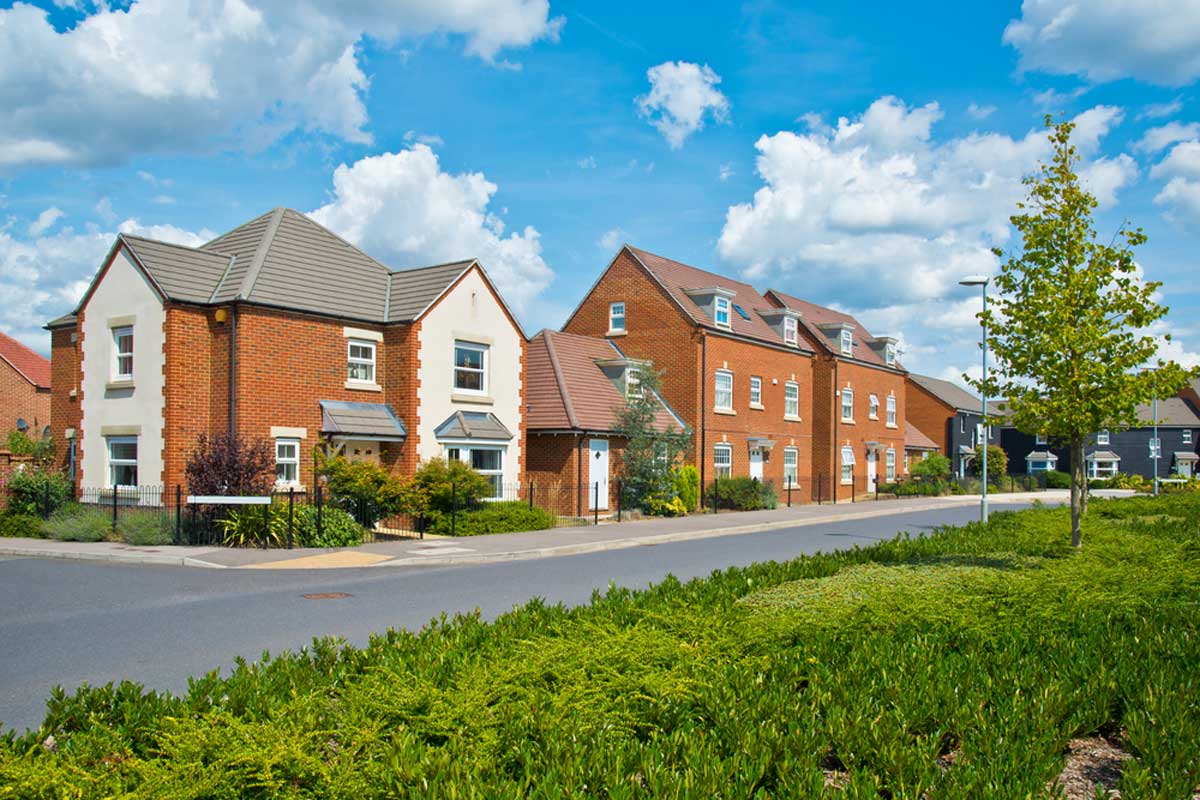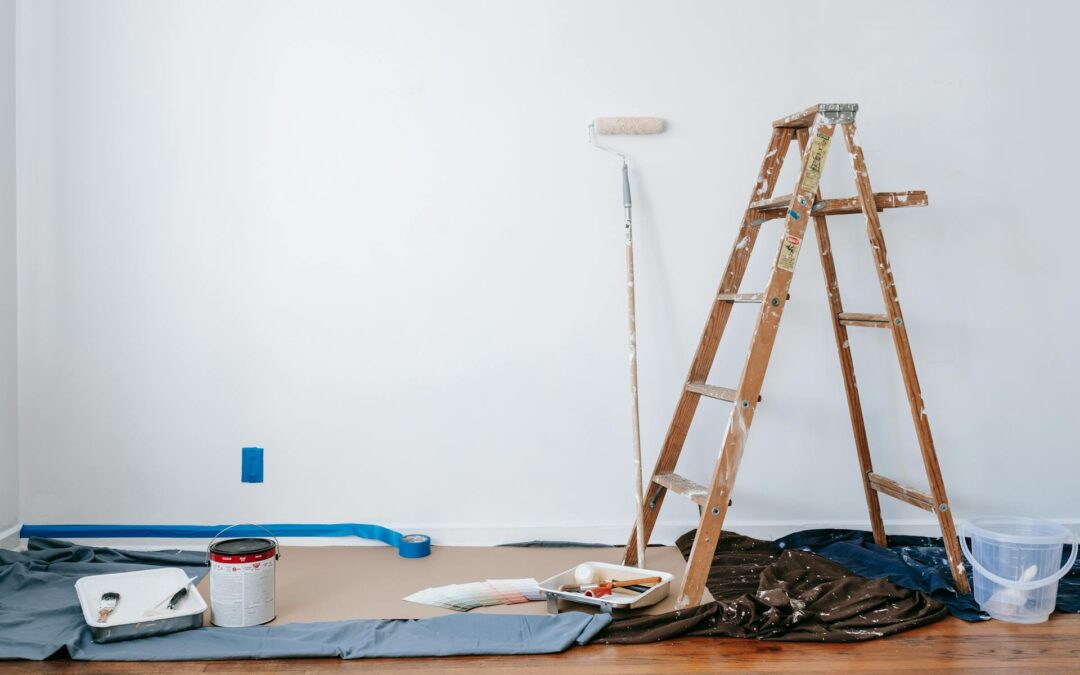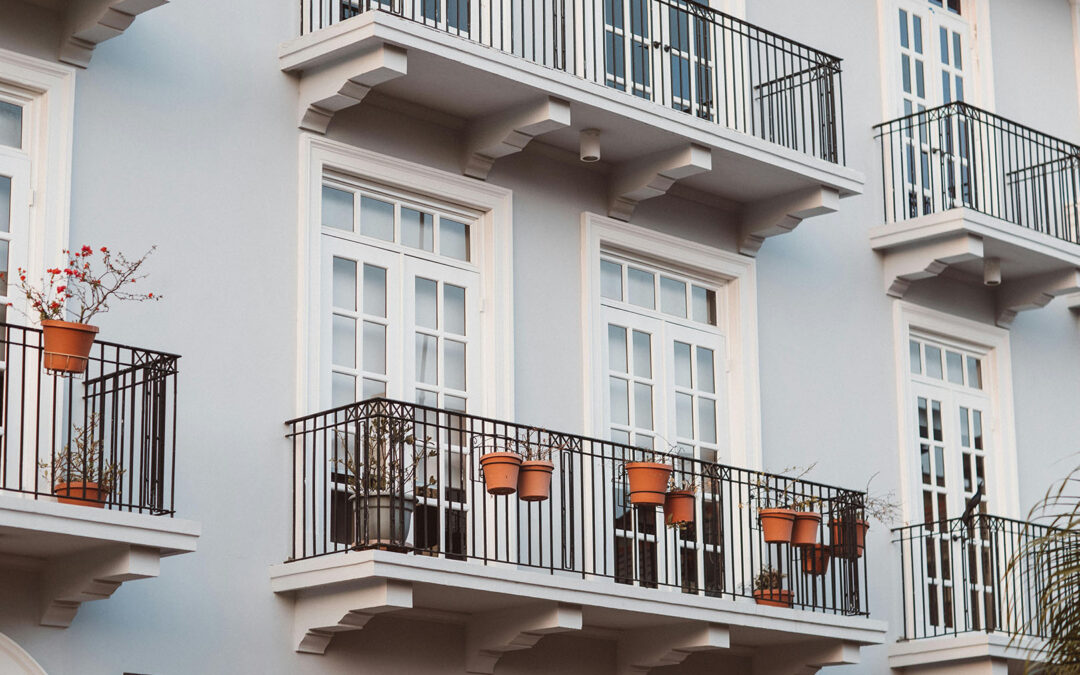Former editor of Estates Gazette – Peter Bill – suggests house-hunters compare the space inside a new build with that of an older home to ensure they get value for money.
New build homes today are often 20% smaller than homes built in the 1970s. Forty years ago there was room for a garage and two cars on the drive of most semis, commonly built 12 to the acre. Today, buyers are lucky to get one parking space outside a terrace, built up to 24 to the acre.
Why do house-hunters – particularly those buying for the first time – snap them up? Especially as they can cost 20% more than like-for-like second hand homes in the area. Because the joy of the new and the ease of the purchase swing the deal.
The chain-free acquisition of a fresh new home surely beats buying a dowdy 1930s semi with an aged bathroom. A patient salesperson will serve a cup of tea, maybe some cake. After some negotiation, they will remove a sliver from the price you feel is a bit high. Yippee, you’re ready to move in next month!
Easy to imagine the excited conversation after the deposit is paid. Who needs a big garden? Not us! We can manage without a garage because we’ll both park in the road. Noise from next door? I’m sure that won’t be a big problem.
But after the move comes the irritation at the lack of space; simmering resentment over parking spaces and simmering resentment over the herd of elephants next door.
But don’t blame house builders. The price on which developers bid for land must be based upon the maximum number of homes which the loose rules allow. If not, they will be outbid by a rival going for the maximum density – and minimum sizes. Alone in Europe, the UK has no lower limit on size, it is no surprise that we build the smallest homes.
Even so, new homes are almost irresistible. Especially to first time buyers because a 20% interest free loan for five years from the government means they only have to find a 5% deposit under the Help to Buy scheme. So far, around 40,000 loans have been granted and homeowners only begin to pay interest after five years and pay back the loan when they sell.
The good news is that if the price of a new build falls, owners only pay back 20% of the sale price. The good news for the government is that if prices rise, they still have to pay 20% of the sale price. There is some hidden good news for the house builder because evidence has come to light they are charging more for Help to Buy homes.
The overall message is to compare new and old prices and sizes. Second hand will buy 20% more space at a price that won’t fall by 20% the moment an owner moves in. It can take the five years for the value of the new home to recover to the price paid. A lot better than the ever-falling price of a car. But be aware. Go, compare.
Here are two old and new comparisons from March 2015. The first chosen because it represents the average price of a UK home. Buy a three-bed detached house of 1,072 square feet with a large garden and garage for £190,000 near Nottingham. Or a brand new three-bed semi of 800 square feet in the same area for £187,995. You decide.
In another example, a three-bed detached house of 1,219 square feet including a garage and decent sized garden in Newbury, Berkshire, for £362,500. Or a brand new three-storey terrace house of 1,000 square feet with a weeny garden and one parking space on the edge of the local racecourse, for £350,000. You decide. The fresh and easy option can soon start to pale.
See www.onthemarket.com/newandexclusive. Agents specify exclusivity and are committed to accuracy under terms of use.






